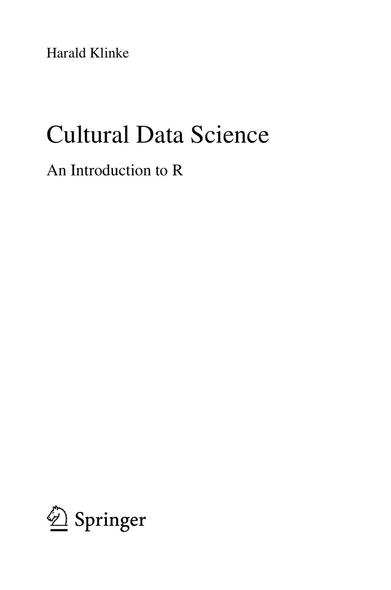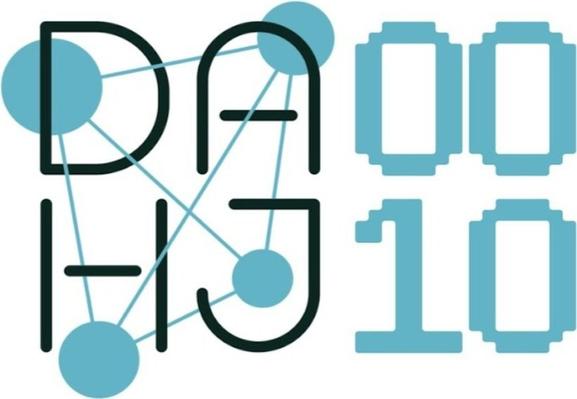How reproducible is research in digital art history?
Béatrice Joyeux-Prunel argues for a post-computational framework that complements FAIR data with ethics, expertise & interpretive validation.
https://link.springer.com/article/10.1007/s42803-023-00079-6#DigitalHumanities #Reproducibility #FAIREST #DigitalArtHistory #OpenScience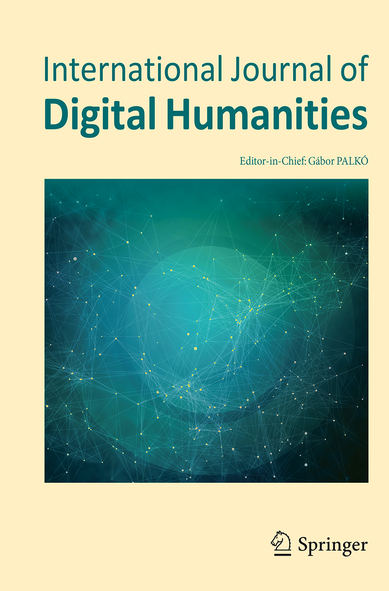
Digital humanities in the era of digital reproducibility: towards a fairest and post-computational framework - International Journal of Digital Humanities
Reproducibility has become a requirement in the hard sciences, and its adoption is gradually extending to the digital humanities. The FAIR criteria and the publication of data papers are both indicative of this trend. However, the question that arises is whether the strict prerequisites of digital reproducibility serve only to exclude digital humanities from broader humanities scholarship. Instead of adopting a binary approach, an alternative method acknowledges the unique features of the objects, inquiries, and techniques of the humanities, including digital humanities, as well as the social and historical contexts in which the concept of reproducibility has developed in the human sciences. In the first part of this paper, I propose to examine the historical and disciplinary context in which the concept of reproducibility has developed within the human sciences, and the disciplinary struggles involved in this process, especially for art history and literature studies. In the second part, I will explore the question of reproducibility through two art history research projects that utilize various computational methods. I argue that issues of corpus, method, and interpretation cannot be separated, rendering a procedural definition of reproducibility impractical. Consequently, I propose the adoption of ‘post-computational reproducibility’, which is based on FAIREST criteria as far as digital corpora are concerned (FAIR + Ethics and Expertise, Source mention + Time-Stamp), but extended to include further sources that confirm computational results with other non-computational methodologies.
Article: “An Interface to View Collections of Visual Art” presents LadeCA.View—a visual tool to explore, describe, and analyze large image collections in the digital humanities.
https://link.springer.com/article/10.1007/s42803-022-00061-8#DigitalHumanities #VisualCulture #DigitalArtHistory #InterfaceDesign #DigitalCollections #LadeCA #MuseumTech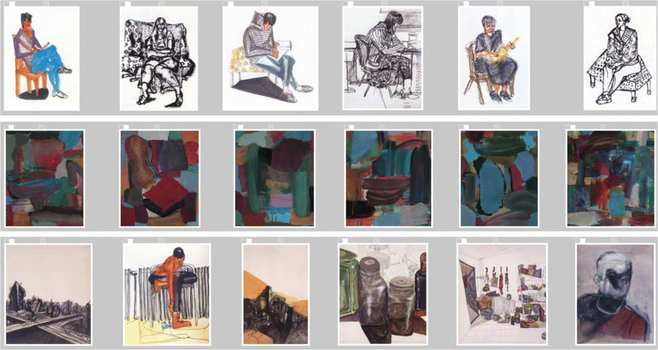
An interface to view collections of visual art - International Journal of Digital Humanities
Art experts prefer being able to look at the individual images they are working on in the course of their research. However, if one were to look at digitally accessible images in the field of visual art, one would be dealing with billions of images; no one can handle visually examining such huge numbers of images one at a time. Therefore, art experts need special tools to examine and describe artworks in the context of other artworks. We used our experience from previous projects and interviews with members of the target group (art historians, curators, art dealers, and artists) to identify the central issues these experts encounter when working with large image collections and to determine the functionality and properties a system must offer to support their work. The results led to the customized interface LadeCA.View, which is now used in several projects. LadeCA.View enables experts to describe an exhibition or a collection of visual art in such a way that a user can obtain an overview of the intention, content, and structures of the exhibition or collection within a short period of time without looking at each image individually. LadeCA.View can also be used as an interface to probe more deeply into a collection or exhibition. In this paper we show the functions and visualizations of the interface and explain the design decisions. Furthermore, we outline LadeCA.View’s scope of applicability using three case studies
Learn how to explore museum collections, image datasets & cultural networks using R—no prior coding needed.
Democratizing data in the humanities, one line of code at a time.
#DigitalHumanities #DataScience #ArtHistory #RStats #DigitalArtHistory
📖Read: https://link.springer.com/content/pdf/bfm:978-3-031-88130-5/1
Learn how to explore museum collections, image datasets & cultural networks using R—no prior coding needed.
Democratizing data in the humanities, one line of code at a time.
@springernature.com
#DataScience #ArtHistory #RStats #DigitalArtHistory
Read:
link.springer.com/content/pdf/...link.springer.com/content/pdf/bf...
Springer Nature (@springernature.com)
Leading research publisher empowering researchers, educators, and health professionals with our trusted brands for 180+ years. #BePartOfProgress
https://group.springernature.com/gp/group
Site notice http://bit.ly/2oAyLi1
Brey zeigt: Digitale Kunstgeschichte braucht bessere Infrastruktur, mehr theoretische Tiefe und vernetzte Ausbildung, um ihr Potenzial jenseits technischer Spielerei methodisch wirksam zu entfalten.
#DigitalArtHistory #Methodendebatte #Infrastruktur #ReadingWeekhttps://doi.org/10.1111/hic3.12678Klinke fordert: Digitale Kunstgeschichte braucht Data Literacy, interdisziplinäre Zusammenarbeit und kritische Bildkompetenz, um Forschung, Lehre und Gesellschaft im digitalen Zeitalter mitzugestalten.
#DigitalArtHistory #DataLiteracy #Bildkritikhttps://doi.org/10.11588/arthistoricum.413.c5828Bentkowska-Kafel fordert: Digitale Kunstgeschichte soll nicht abgrenzen, sondern integrieren, kritisch denken wie klassisch forschen – digitale Methoden erweitern, nicht ersetzen.
#DigitalArtHistory #Methodendebatte #Kunstgeschichtehttp://nbn-resolving.de/urn:nbn:de:bsz:16-dah-216347Zweig zeigt: Digitale Kunstgeschichte hat eine längere Geschichte als oft behauptet, verbindet Datenanalyse mit klassischen Methoden und stärkt so die Disziplin durch methodische Tiefe.
#DigitalArtHistory #Methoden #Kunstgeschichtehttps://doi.org/10.11588/dah.2015.1.21633Forgotten Genealogies: Brief Reflections on the History of Digital Art History
| International Journal for Digital Art History
New CFP: What Do (Digital) Images Want? Join us in exploring a decade of data, power & visual knowledge!
#DigitalArtHistory #AI #VisualCulture #CFP #DH #ArtHistoryhttps://dahj.org/cfp/11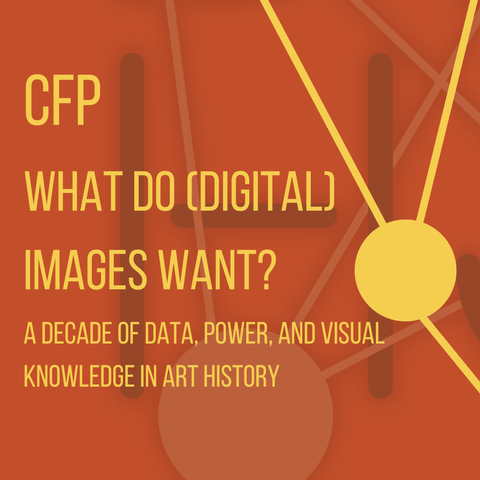
CFP: What Do (Digital) Images Want? A Decade of Data, Power, and Visual Knowledge in Art History — DAHJ
The International Journal for Digital Art History (DAHJ) marks its 10th anniversary at a crucial moment when digital images are not only omnipresent in daily life, but are generated by active agents that shape our ways of seeing and knowing the world. For this milestone, we invite submissions that
We celebrate 10 years of International Journal for Digital Art History (DAHJ)—connecting global voices & reshaping art history through digital methods, collaboration & critical debate.
#DigitalArtHistory #DigitalHumanities #ArtHistory

